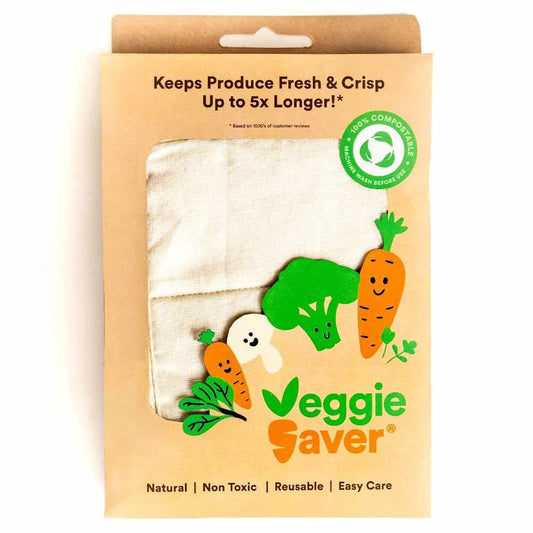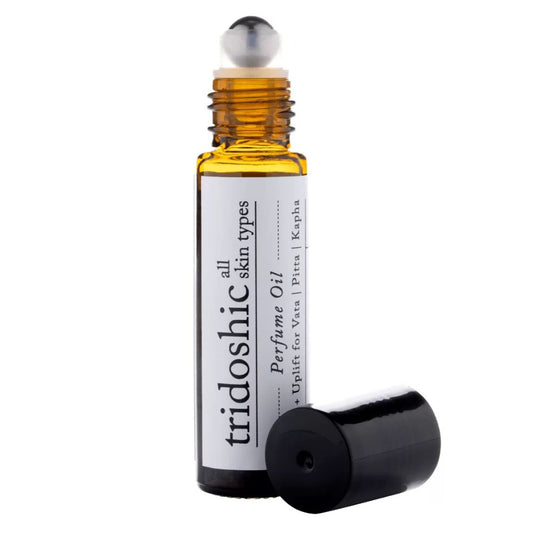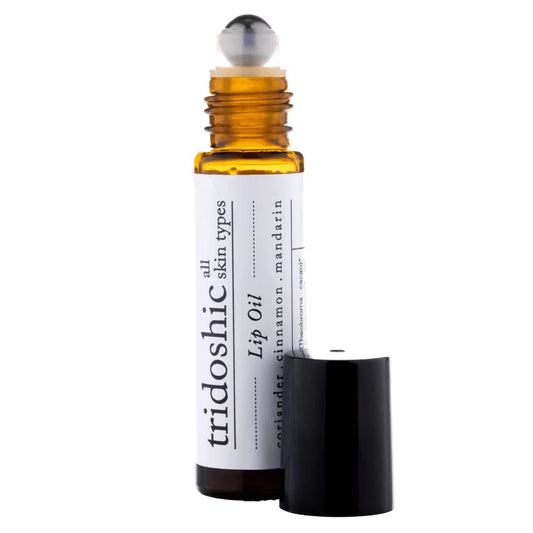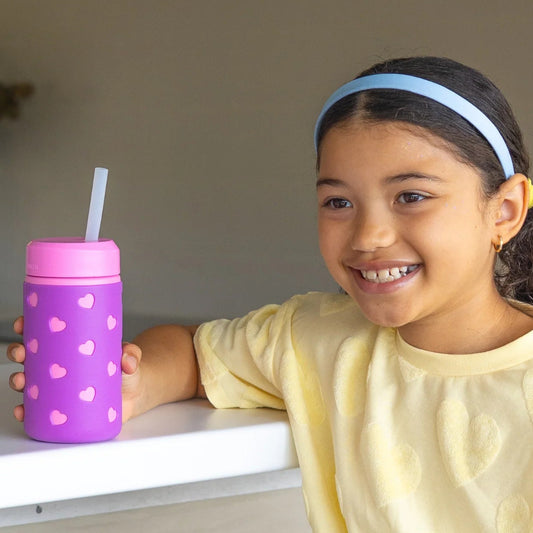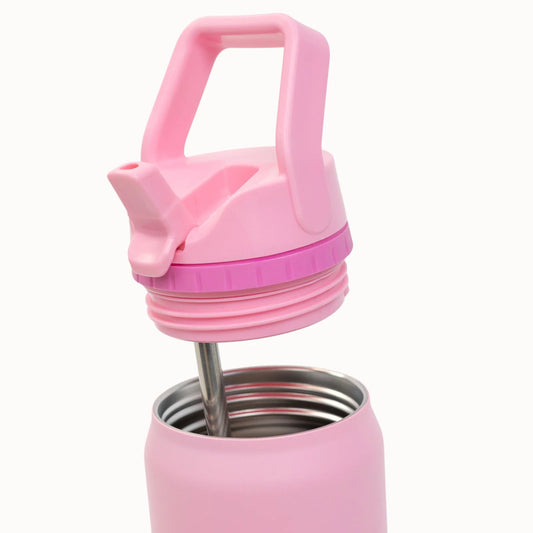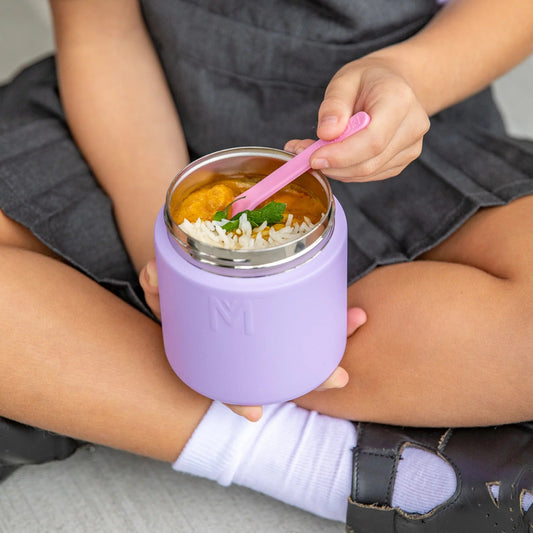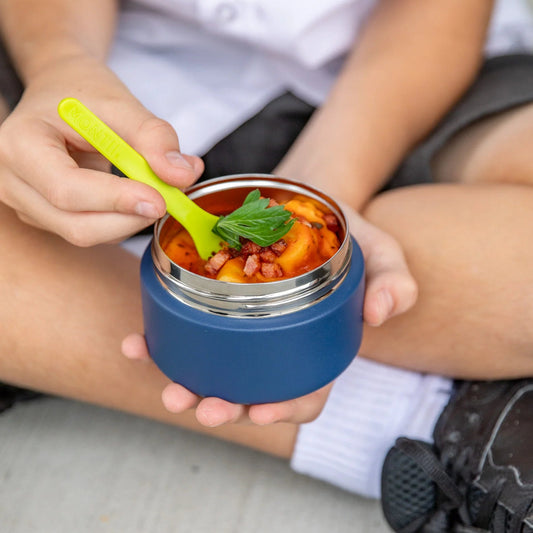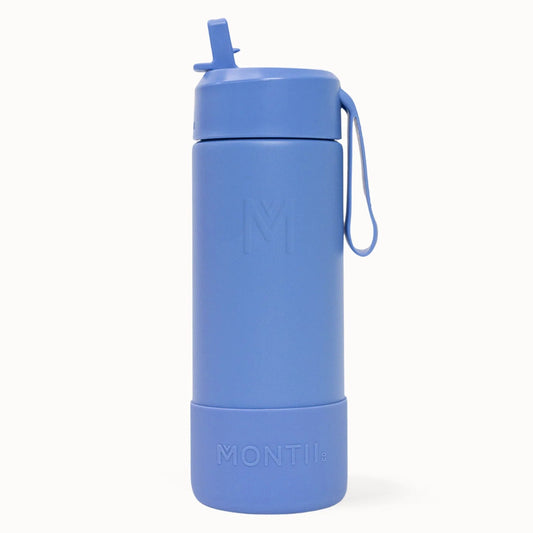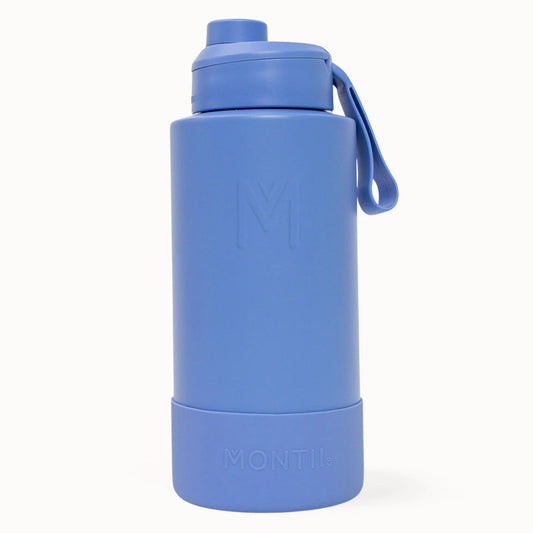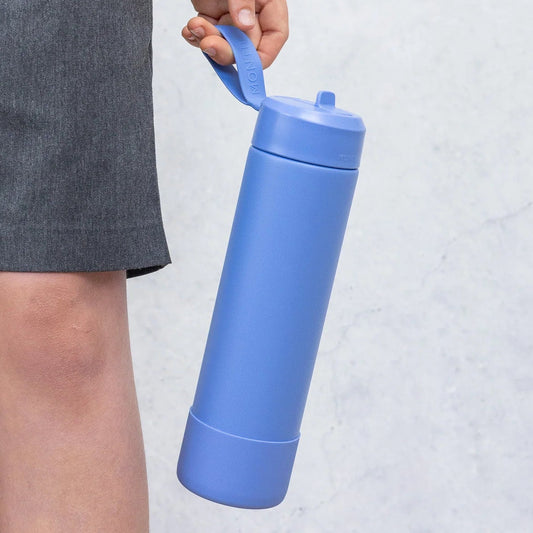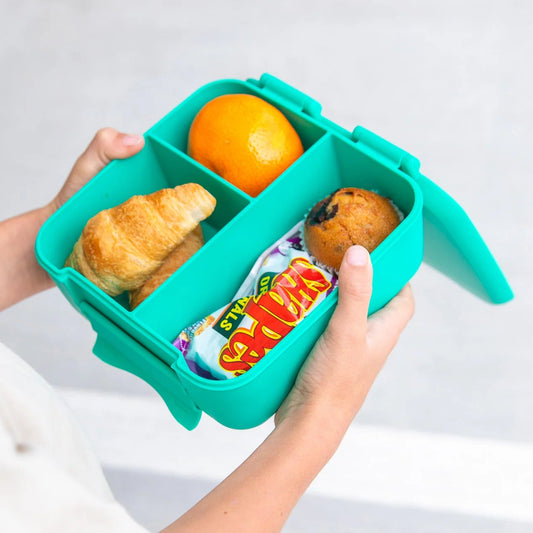
As with most waste challenges facing the planet, the best solution is "switching off the demand at the tap". In other words, if we don't create the need for the soft plastic in the first place, there will be no need to have to recycle it!
We’re unlikely to get rid of all soft plastic use at home, but it is certainly possible to reduce.
Inspect your soft plastics!
Check out the soft plastic that you are still ending up and sending to landfill.
In many households, it’s mostly food packaging, such as pasta, cereal and biscuit packets, nuts, lollies, ice cream wrappers, then thin plastic bags used for gathering fruit and veg at the supermarket, frozen foods, toilet paper packaging, cling wrap, pet food bags, and bubble wrap.
How to avoid these top 9 soft plastic sources
Pick those you think would be easiest to avoid and make a start!
1. Pre-packaged and pre-weighed fruit
Avoid those beans and cherry tomatoes neatly packed on a styrofoam tray covered in plastic cling wrap, or potatoes in a specially printed plastic bag.
Buy loose instead and pop them in your own reusable produce bags.
2. Plastic produce bags
When you choose loose, be sure to remember your own reusable cloth produce bags. Keep a stash inside your reusable shopping bags. How much better does this look than the plastic bagged produce above?!
3. Pre-washed salad, rocket or spinach in a bag
Instead of buying salad greens in a plastic bag, use a cloth Veggie Saver bag.
At the store, I purchase the loose greens and whole lettuce in my produce bags. At home I take apart the lettuce and wash the leaves and put into the damp Veggie Saver bag. Then, for the rest of the week we have washed salad leaves ready to grab, just as convenient as having it in plastic bags.
In the Veggie Saver, the greens last much longer also, so we save money in wasted produce.
4. Bread in plastic bags
In recent years, it has become normal to take your own cloth bread bag to the supermarket or baker and ask for your bread to be placed in your bag.
It's quite incredible how much has changed from when I remember being a little self-conscious to ask this.
5. Biscuits, crackers and pasta in plastic packaging
It is possible, and actually quite simple to make your own. Home made biscuiuts in particular taste sooo much better.
Ingredients can be purchased at a bulk food store in your own jars or bags, and many dry ingredients such as flour and eggs are packaged in compostable or recyclable paper.
Crackers are one of the easiest “homemade pantry” items that you can make. Just mix, roll thin, cut, and bake.

This super easy pictured above by Emma Christensen on www.thekitchn.com uses only five ingredients: flour, sugar, salt, olive oil and water. Add your desired toppings from grated cheese to sesame seeds and dried herbs.
Or these easy five Seeds Crackers made by mixing sunflower seeds, pumpkin seeds, chia seeds, flaxseed, and sesame seeds with salt and water. The water all gets absorbed, turning the chia seeds jelly-ish, which is what binds the cracker mixture together. Roll out thin. After baking, crack into pieces.

Recipe and image by www.quitegoodfood.co.nz
Biome's If You Care unbleached Baking paper is handy for making the crackers.
6. Plastic wrapped herbs and sprouts
Herbs are among the easiest of plants to grow, even if you only have a sunny windowsill. Starting from seeds means you don't have the waste of a small plastic tub either. Seeds do take time so it's ideal to have a couple of pots on rotation.
Dried herbs are also a good replacement for many fresh herbs in recipes.
Our Micropod system is an easy way to grow microgreens for less than the price of micro greens at the supermarket.
We also have Alfalfa sprouting kits.
7. Plastic rubbish bin liners
Have you heard of going naked with your bin? Fifty years ago we did not use plastic bags for our bins, but since they became readily available we grew attached to using tie-up bags to cocoon away unpleasant scraps.
Read our blog post here about you can do away with plastic bin liners.
8. Plastic cling wrap, Glad Wrap
Plastic Cling Wrap is extremely easy to avoid, especially if you just stop buying it! Necessity is the mother of invention and there are many ways you can cover food without using disposable plastic wrap.
Wax wraps, whether made from beeswax or vegan wax, or wraps or silicone covers.
9. Plastic bubble wrap
When you shop online, just leave a note in the comments bow at the checkout to say “no plastic packaging please”.
Of course, you know when you shop at Biome you don’t have to write that note as we only use our nifty shredded recycled cardboard to keep your items safe.
- - -- - - - - - - - - - - - - - - - - - - - -
What’s the main soft plastics you are still accumulating? I would be happy to receive an email to tracey [@] biome.com.au with the soft plastic you are trying to avoid, and we can come up with a solution!



